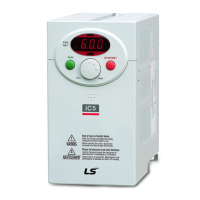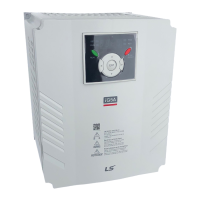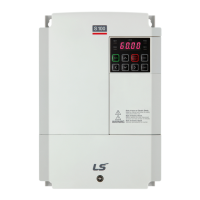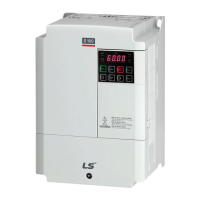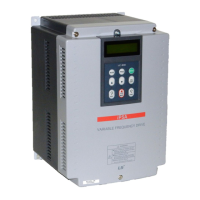What to do if CPU and ERROR indicators are flashing with different intervals on LSIS Control Unit?
- BbanksginaSep 9, 2025
If the CPU indicator is flashing in 1 second intervals, and the ERROR indicator is flashing in 2 second intervals on your LSIS Control Unit, first check the communication link where the LAN cable is connected to ensure the LINK indicator is on. If it's off, inspect the LAN cable and its connection to the link port. Also, verify that the communication module’s device name and Telegram Mode parameter settings match the network configuration at the PLC. Finally, ensure that the IP address assigned to the communication module isn't already in use by another device on the same network.







